Common Sugarcane Varieties: Learn About Different Sugarcane Plants
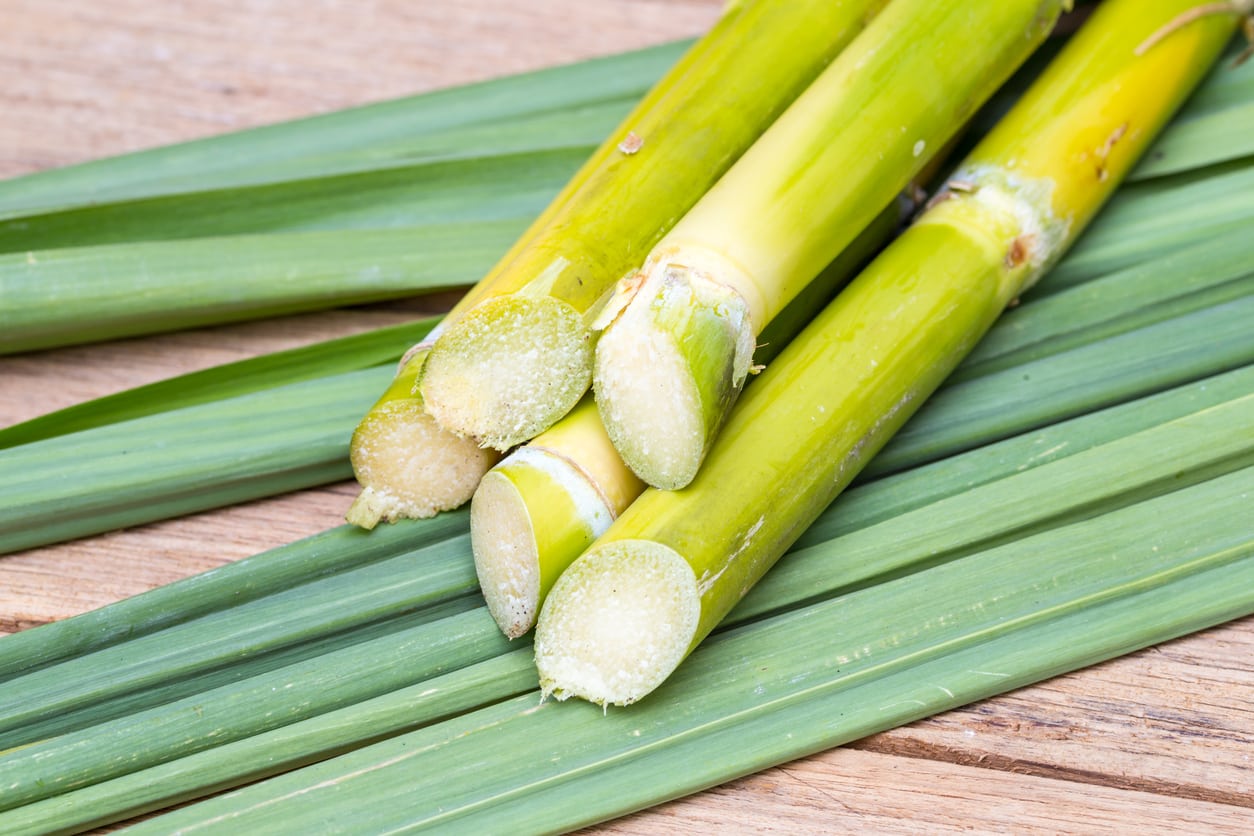

Growing sugarcane is most often a commercial affair, but home gardeners can also enjoy this sweet ornamental grass. If you live in a warm climate, you can grow sugarcane varieties in your garden beds to enjoy both the decorative look and for the sugar you can get at harvest time. Know the differences between sugarcanes so you can make the right choice for your backyard.
Types of Sugarcane
If you want to grow sugarcane and start to investigate how to go about it, you’ll find there are a lot of different sugarcane plants. It can be confusing, especially if you are reading information for farmers and commercial growing of sugarcane. To help narrow down your options, there are a few basic types of sugarcane:
- Chewing canes. These are sugarcane varieties that have a soft, fibrous center which is good for chewing. The fibers tend to stick together as you chew so that spitting it out once the sugar is depleted is easier.
- Syrup canes. Syrup canes have a variety of sugar types that don’t crystallize easily but are good for making sugar syrup. They are used commercially but also in the home garden.
- Crystal canes. Crystal canes are largely commercial varieties with high concentrations of sucrose used to make crystallized table sugar.
Sugarcane Plant Types for the Home Garden
Most home garden sugarcanes are chewing or syrup varieties. Select the variety or varieties you want to grow based on how you want to use them. If you are only interested in an ornamental grass, choose based on appearance. There are some varieties that have interesting colors and patterns. ‘Pele’s Smoke’ has purple leaves and ‘Striped Ribbon’ has attractive stripes on the leaves and cane. If you want a cane that you can chew, consider chewing canes. These are varieties with outer layers that are easy to peel off, sometimes just with your fingernails, so you can get to the pulp. Examples of good chewing varieties include:
- ‘White Transparent’
- ‘Georgia Red’
- ‘Home Green’
- ‘Yellow Gal’
‘Louisiana Ribbon,’ ‘Louisiana Striped,’ and ‘Green German’ are good varieties for making syrup. The vast majority of sugarcane available is for commercial use. To find backyard varieties, search for heirloom sugarcane. There are a few organizations, based in the South and in Hawaii, that try to collect and preserve heirloom varieties. Farmer’s markets in southern regions may also have sugarcanes for sale for home gardeners.
Gardening tips, videos, info and more delivered right to your inbox!
Sign up for the Gardening Know How newsletter today and receive a free copy of our e-book "How to Grow Delicious Tomatoes".

Mary Ellen Ellis has been gardening for over 20 years. With degrees in Chemistry and Biology, Mary Ellen's specialties are flowers, native plants, and herbs.
-
 Terrifically Tubular Flowers For Hummingbirds: 9 Tube-Flowered Plants To Attract Hummers
Terrifically Tubular Flowers For Hummingbirds: 9 Tube-Flowered Plants To Attract HummersGrowing tubular flowers for hummingbirds helps you create the optimum feeding conditions for your winged friends. Here are nine tubed delights for hummers
By Tonya Barnett
-
 How To Grow Hydroponic Tomatoes For Fresh Indoor Harvests – No Soil Required
How To Grow Hydroponic Tomatoes For Fresh Indoor Harvests – No Soil RequiredLearning how to grow tomatoes in water is easy and allows you to harvest fresh-home-grown produce in every season without any mess.
By Ellen Wells
-
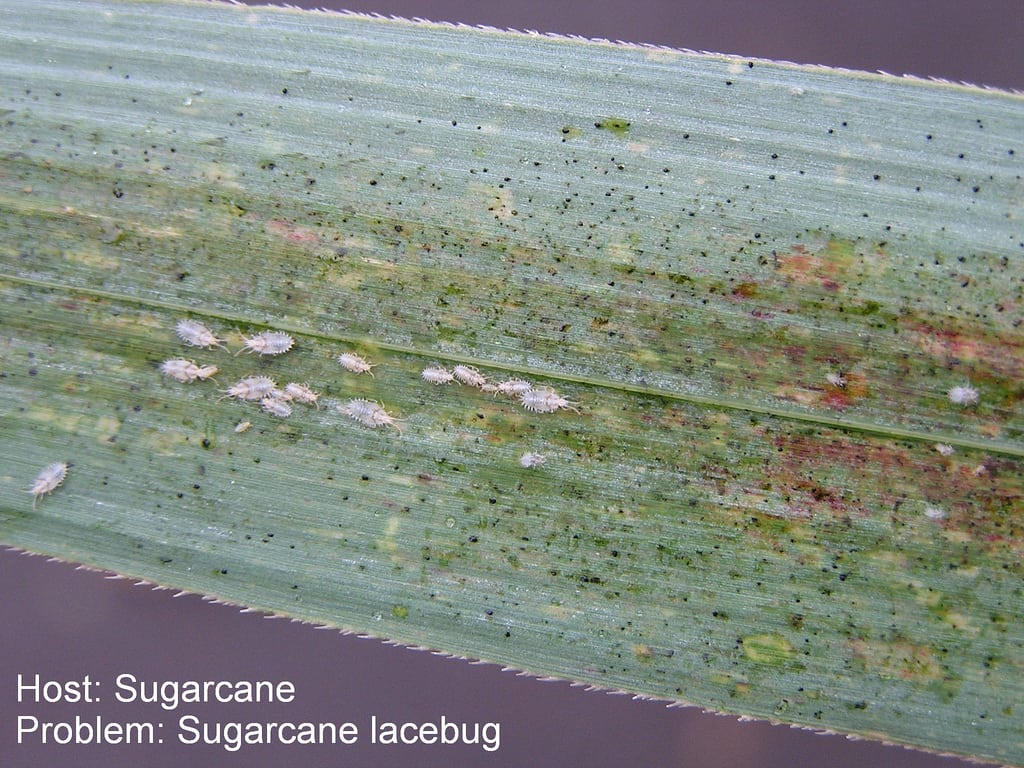 Sugarcane Insect Control – How To Deal With Sugarcane Plant Pests
Sugarcane Insect Control – How To Deal With Sugarcane Plant PestsLike any commercial crop, sugarcane does have its share of pests that can sometimes cause significant crop loss in sugarcane fields. And if you grow sugarcane plants in the home garden, they may affect yours too. Click here to learn about common pests of sugarcane.
By Darcy Larum
-
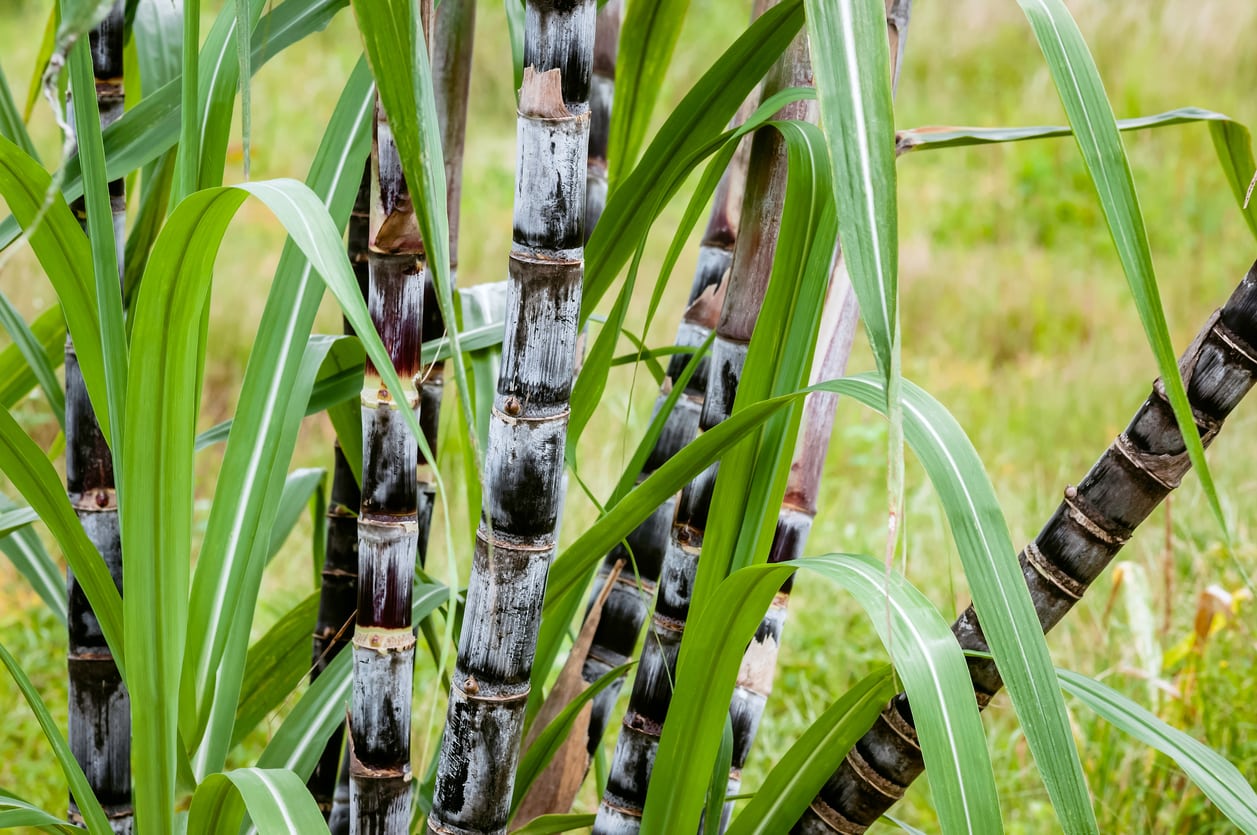 Cold Hardy Sugarcane Plants: Can You Grow Sugarcane In Winter
Cold Hardy Sugarcane Plants: Can You Grow Sugarcane In WinterSugarcane is an incredibly useful crop. Native to tropical and subtropical climates, it does not usually fare well in cold temperatures. So what’s a gardener to do when growing sugarcane in a temperate zone? Learn about sugarcane for cool climates here.
By Liz Baessler
-
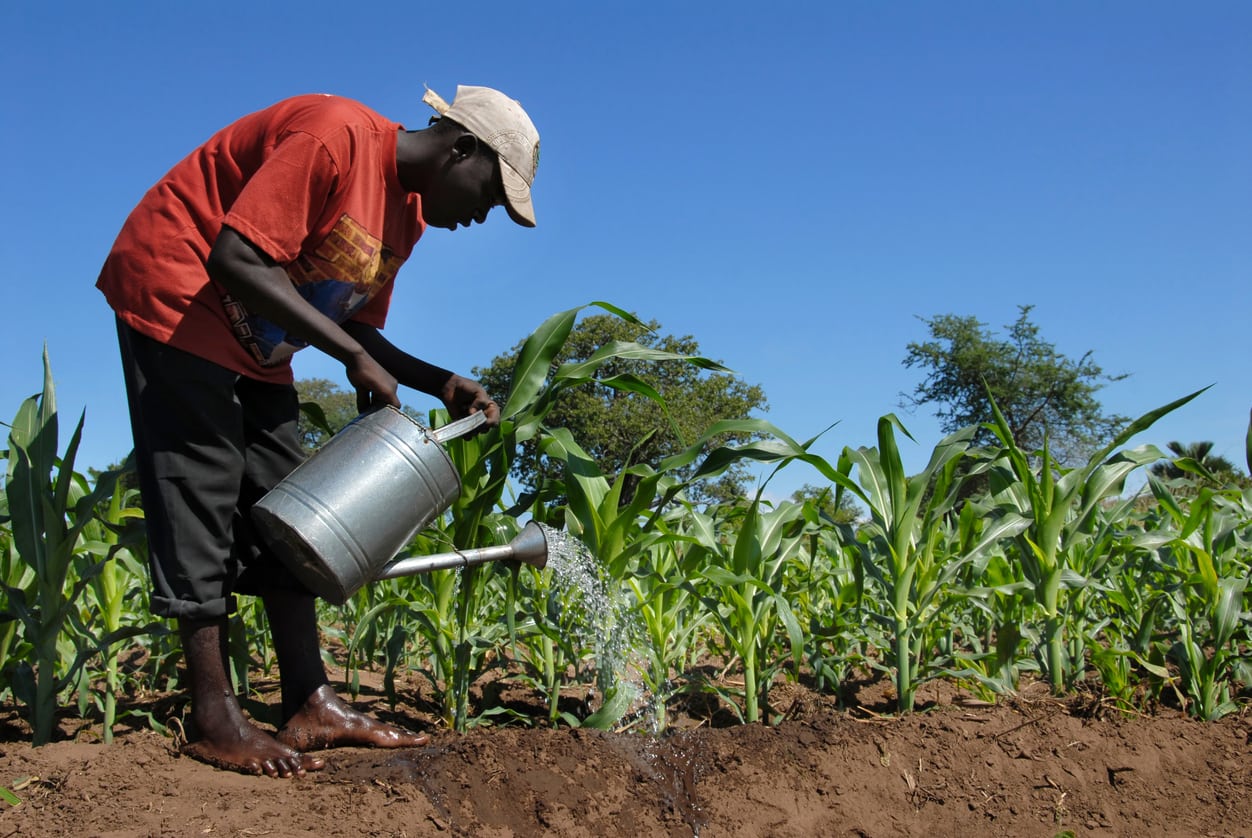 Sugarcane Water Needs – How To Water Sugarcane Plants
Sugarcane Water Needs – How To Water Sugarcane PlantsYou may have tried growing sugarcane, and probably realized it can be a water hog. Sugarcane water requirements is an important aspect of meeting the proper growth and care of your plants. Click here to learn how to water sugarcane plants efficiently.
By Darcy Larum
-
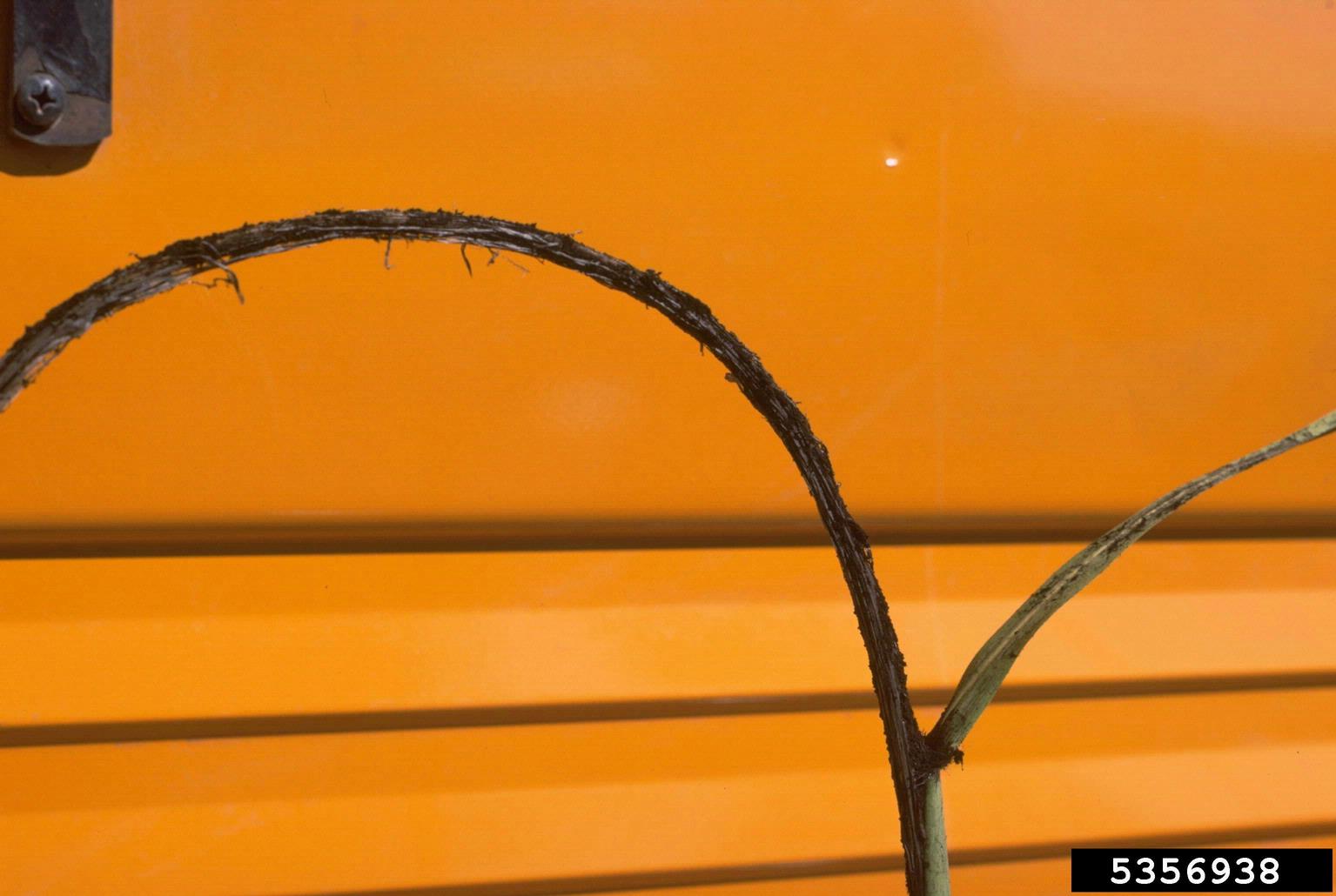 Common Sugarcane Diseases: What’s Wrong With My Sugarcane
Common Sugarcane Diseases: What’s Wrong With My SugarcaneAlthough sugarcane is a hardy, prolific plant, it can be plagued by a number of sugarcane diseases. Click on the following article to learn how to identify several of the most common. If you know what to look for, then treating the problem will be easier.
By Mary H. Dyer
-
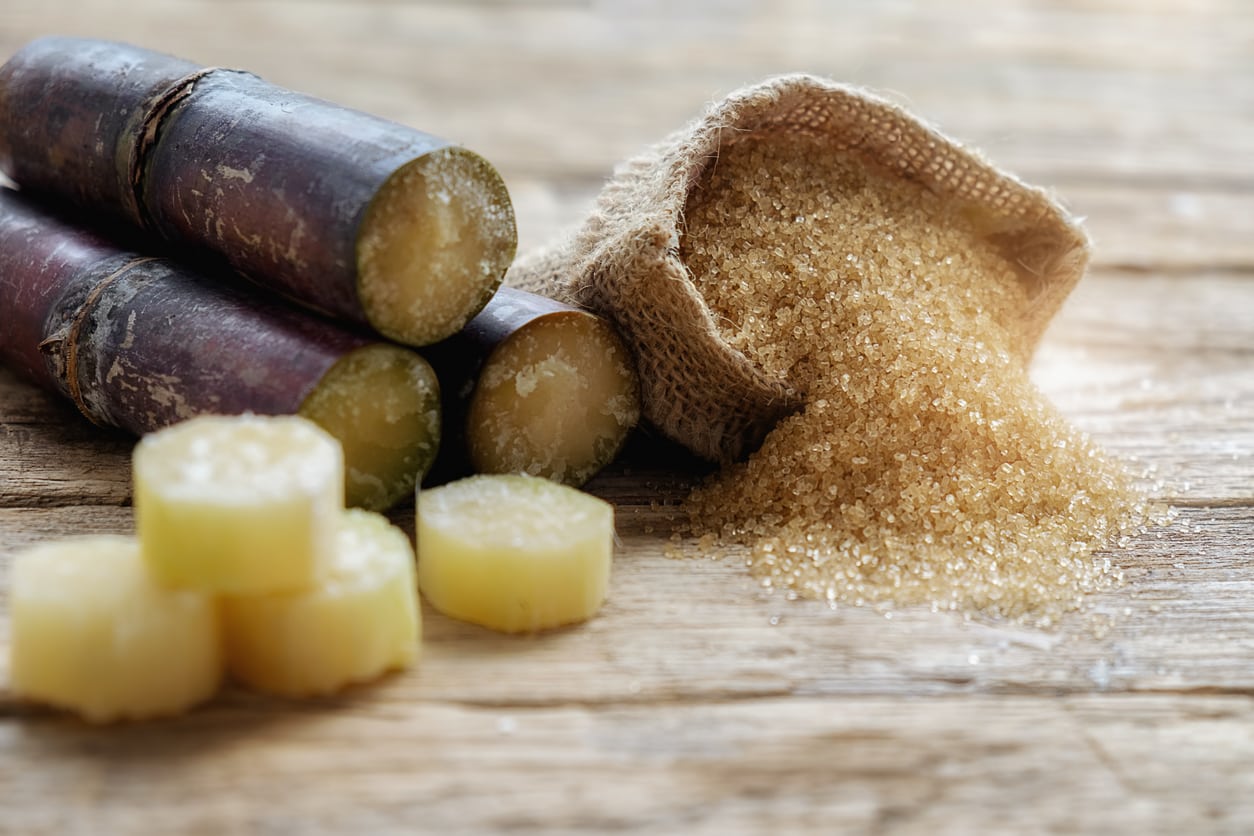 Sugarcane Benefits: What Is Sugarcane Good For
Sugarcane Benefits: What Is Sugarcane Good ForWhat is sugarcane good for? Most often grown on a commercial scale, you can grow it in your garden too. Enjoy a pretty, decorative grass, a natural screen and privacy border, and the sweet juice and fiber from harvested canes. Learn more in this article.
By Mary Ellen Ellis
-
 Cutting Back Sugarcane: Do You Need To Prune Sugarcane
Cutting Back Sugarcane: Do You Need To Prune SugarcaneGrowing sugarcane can be fun in the home garden. There are some great varieties for good decorative landscaping, but these plants also produce actual sugar. To enjoy a pretty plant and a sweet treat, know when and how to cut and prune your sugarcane. Learn more here.
By Mary Ellen Ellis
-
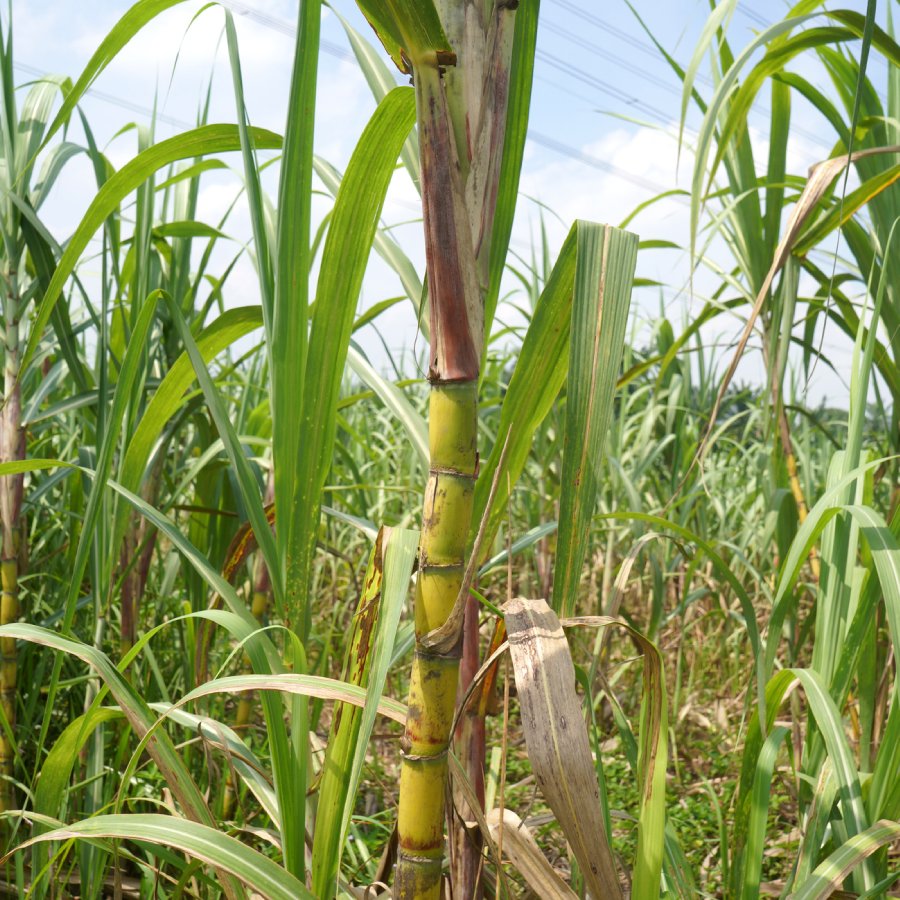 How To Fertilize Sugarcane – Tips For Feeding Sugarcane Plants
How To Fertilize Sugarcane – Tips For Feeding Sugarcane PlantsBy Bonnie L. Grant
-
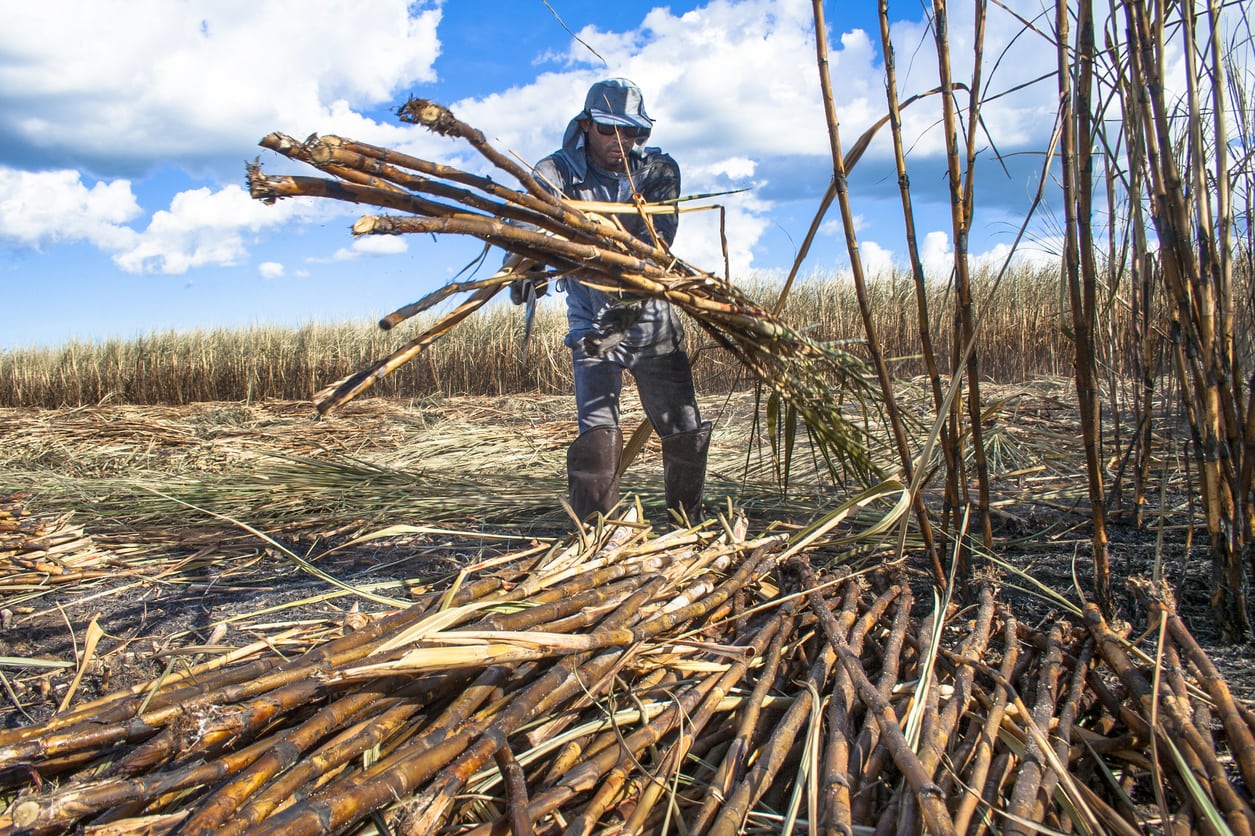 Sugarcane Harvest Guide: Learn When To Harvest Sugarcane Plants
Sugarcane Harvest Guide: Learn When To Harvest Sugarcane PlantsIf you are lucky enough to live in a warm enough zone, you may be trying your hand at growing sugarcane. If all is going well, the next questions are when and how do you harvest sugarcane? Click here to find out about harvesting sugarcane plants.
By Amy Grant